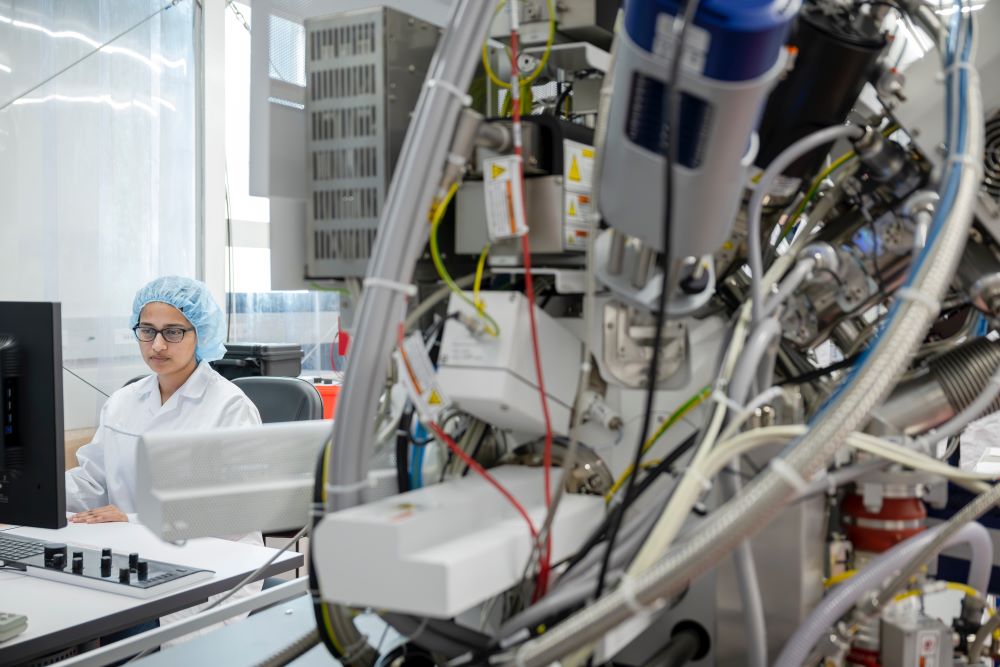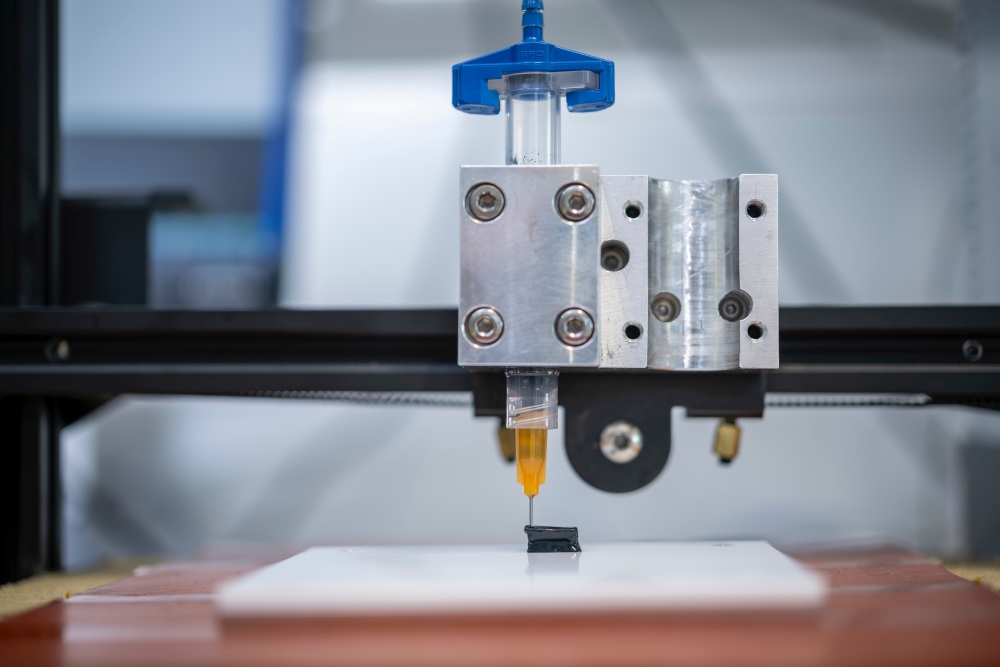According to the Institute for Science and Technology Austria (ISTA), researchers have developed thermoelectric power-powerful materials for 3D printing and built up a thermal electric cooler.
The fast, localized heat management is of essential importance for electronic devices and can have applications that range from portable materials to the burning of the treatment. While so -called thermoelectric materials convert temperature differences into the electrical voltage and vice versa, their efficiency is often limited and its production is expensive and wasteful. The paper is published in Science.
Thermoelectric coolers, also called solid -colored refrigerators, can induce localized cooling by using an electrical current to transfer the heat from one side of the device to another. Their long lifespan, the invulnerability for leaks, size and shape tuning as well as the lack of moving parts (e.g. circulating liquids) make these devices ideal for various cooling applications such as electronics. However, the production of ingots is associated with high costs and creates many material waste. In addition, the performance of the devices remains limited.
The team is managed by the network professor for energy sciences and head of the Werner Siemens Thermoelectric laboratory Maria Ibáñez, whereby the first author and Postdoc Shengduo XU in ISTA. “Our innovative integration of the 3D printing in the production of thermoelectric coolers significantly improves the manufacturing efficiency and lowers the costs,” said XU.

In contrast to previous attempts in thermoelectric 3D prints, the present method reports reported materials with a significantly higher performance. “With the performance on a commercial level, our work can go beyond science, have practical relevance and arouse the interest of industries looking for applications in real world,” said Professor Ibáñez.
Thermoelectric technologies
Current state thermoelectric coolers of the art are produced using ingot-based manufacturing techniques and powerful procedures that require extensive processing processes after production, in which a large part of the material is wasted.
“With our present work, we can print exactly the necessary form of thermoelectric materials. In addition, the resulting devices have a net cooling effect of 50 degrees in the air. This means that our 3D printed materials do similar to those that are much more expensive, ”said XU. Therefore, the team of ISTA material scientists has a scalable and inexpensive production method for thermoelectric materials proposed-of energy-intensive and time-consuming steps.
Optimized particle binding
Apart from the use of 3D printing techniques for the production of thermoelectric materials, the team has designed the inks so that effective and robust atomic bonds are formed between grains, which creates an atomically connected material network. As a result, the chemical interfaces improve the charge transfer between grain. This explains how the team has managed to improve the thermoelectric performance of its 3D printed materials and at the same time shift the new light to the transport properties of porous materials.

“We used an extrusion-based 3D printing technology and developed the ink formulation to ensure the integrity of the printed structure and increase the particle bond. This enabled us to produce the first thermoelectric coolers from printed materials with a comparable performance to devices based on devices and at the same time save material and energy, ”said Ibáñez.
Applications
In addition to fast heat management in electronics and portable devices, thermoelectric cooler can have medical applications, including combustion treatment and muscle pollution. In addition, the ink formulating method developed by the ISTA scientists can be adapted for other materials that can be used in thermoelectric high-temperature generators-devices that can create an electrical voltage from a temperature difference. According to the team, such an approach could expand the applicability of thermoelectric generators to various waste energy harvest systems.
“We have successfully carried out a full cycle approach, from optimizing the thermoelectric performance of the raw materials to the production of a stable high-performance product,” said Ibáñez.
“Our work offers a transformative solution for the production of thermoelectric devices and terminates a new era of efficient and sustainable thermoelectric technologies,” said XU.
